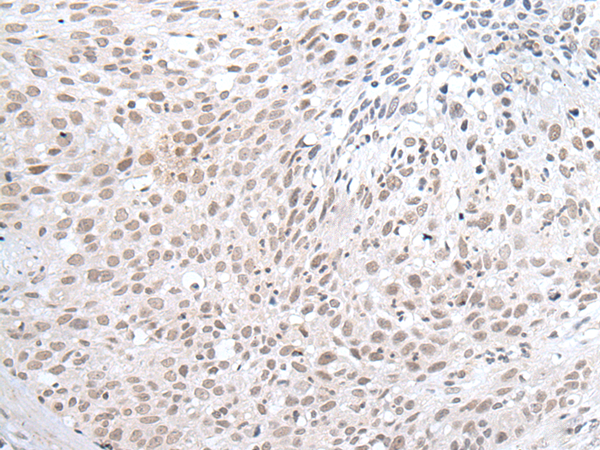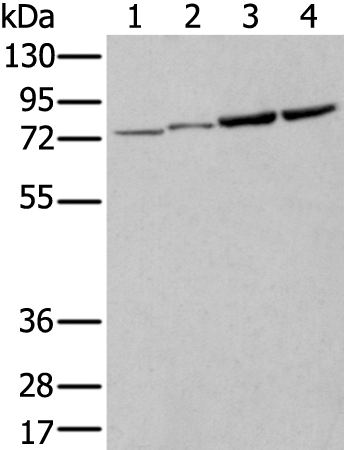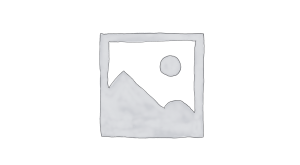| 货号: S218232 |
| 产品全名: ZNF131 兔多抗 |
| 基因符号 ZBTB35; pHZ-10 |
| UNIPROT ID: P52739 (Gene Accession – BC035875 ) |
| 背景: Zinc-finger proteins contain DNA-binding domains and have a wide variety of functions, most of which encompass some form of transcriptional activation or repression. The majority of zinc-finger proteins contain a Krppel-type DNA binding domain and a KRAB domain, which is thought to interact with KAP1, thereby recruiting histone modifying proteins. As a member of the krueppel C2H2-type zinc-finger protein family, ZNF131 (Zinc finger protein 131) is a 623 amino acid nuclear protein that contains one BTB (POZ) domain and six C2H2-type zinc fingers. With predominant expression found in brain, it is likely that ZNF131 plays a role as a transcription regulator during development and organogenesis of the adult central nervous system. ZNF131 also represses ER (Estrogen receptor alpha)-mediated transactivation by interrupting ER binding to the estrogen-response element. There are two isoforms of ZNF131 that are produced as a result of alternative splicing events. |
| 抗原: Fusion protein of human ZNF131 |
| 经过测试的应用: ELISA, WB, IHC |
| 推荐稀释比: IHC: 25-100;WB: 200-1000;ELISA: 5000-10000 |
| 种属反应性: Rabbit |
| 克隆性: Rabbit Polyclonal |
| 亚型: Immunogen-specific rabbit IgG |
| 纯化: Antigen affinity purification |
| 种属反应性: Human, Mouse, Rat |
| 成分: PBS (without Mg2+ and Ca2+), pH 7.4, 150 mM NaCl, 0.05% Sodium Azide and 40% glycerol |
| 研究领域: Epigenetics and Nuclear Signaling |
| 储存和运输: Store at -20°C. Avoid repeated freezing and thawing |

Immunohistochemistry analysis of paraffin embedded Human lung cancer tissue using 218232(ZNF131 Antibody) at a dilution of 1/30(Nucleus). | 
In comparision with the IHC on the left, the same paraffin-embedded Human lung cancer tissue is first treated with the fusion protein and then with 218232(Anti-ZNF131 Antibody) at dilution 1/30. | 
Gel: 6%SDS-PAGE, Lysate: 40 μg;
Lane 1-4: Human testis tissue and Rat brain tissue lysates, Jurkat and Hela cell lysates;
Primary antibody: 218232(ZNF131 Antibody) at dilution 1/200;
Secondary antibody: Goat anti rabbit IgG at 1/8000 dilution;
Exposure time: 15 seconds | |
|





